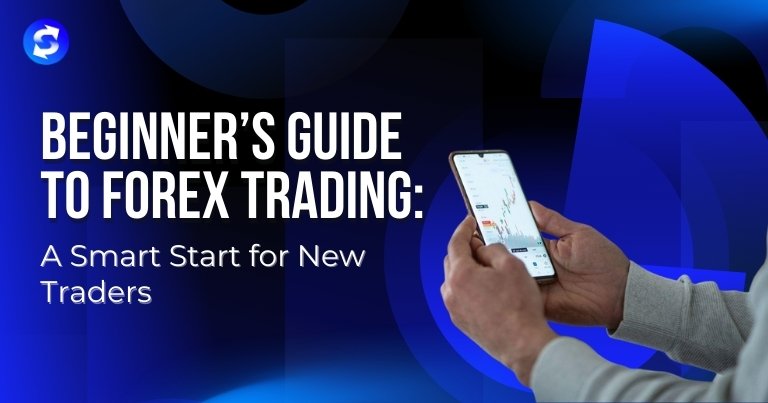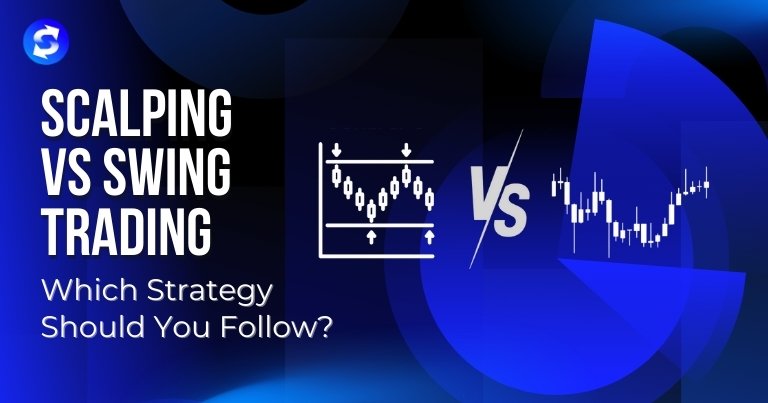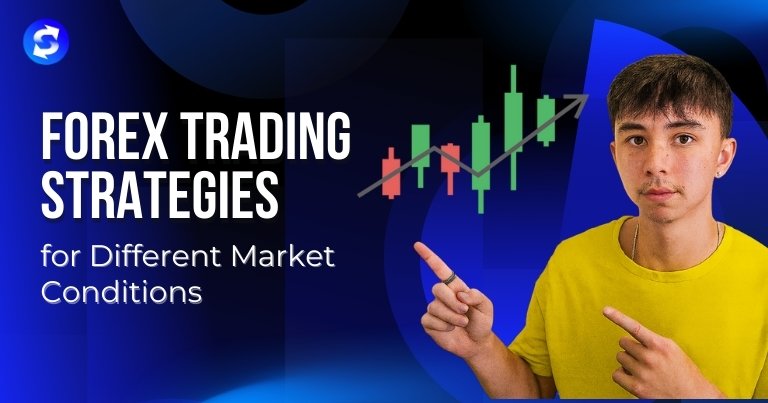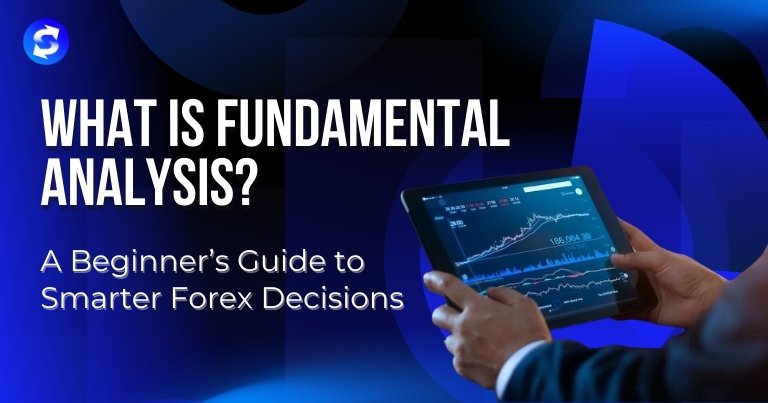
The global foreign exchange (forex) market is the largest and most liquid financial market in the world, with daily trading volumes exceeding $7 trillion. That’s bigger than the stock and commodity markets combined. For beginners, this can feel both exciting and overwhelming.
On one hand, forex offers the potential for profit in a market that never sleeps. On the other, it demands a solid understanding of how it works, the discipline to manage risk, and the right broker and tools to support your journey.
In this guide, we’ll break down forex trading step-by-step — from what it is, to how to get started, to avoiding common mistakes. Whether you’re here to explore it as a side hustle or as a serious investment opportunity, you’ll walk away with the knowledge you need to trade smarter.
1. What is Forex Trading?
At its core, forex trading is the buying and selling of currencies with the aim of making a profit from exchange rate movements.
Currencies are traded in pairs — for example, EUR/USD (Euro vs US Dollar) or GBP/JPY (British Pound vs Japanese Yen). When you trade a pair, you’re buying one currency while selling the other.
Unlike stock markets with fixed trading hours, the forex market is open 24 hours a day, five days a week. It operates through a network of global banks, brokers, and electronic platforms — meaning you can trade from anywhere in the world, as long as you have an internet connection.
2. Why Forex Appeals to New Traders
Several factors make forex attractive to beginners:
- Low entry costs – Many brokers allow you to open accounts with modest deposits.
- High liquidity – You can enter and exit trades quickly without major price slippage.
- Leverage – You can control larger positions with smaller amounts of capital (though this magnifies both profits and losses).
- Flexibility – Trade at any time of day that suits your schedule.
That said, forex is not a guaranteed money-maker. It rewards preparation and patience far more than impulsive moves.
3. Key Terms Every Beginner Should Know
Before you place your first trade, get comfortable with the language of forex.
- Pip: The smallest unit of price movement in most currency pairs (usually the 4th decimal place).
- Lot: The standard size of a trade. Standard lots are 100,000 units, but you can trade mini (10,000) or micro (1,000) lots.
- Spread: The difference between the bid (sell) price and ask (buy) price — essentially your transaction cost.
- Leverage: Borrowing funds from your broker to open larger positions.
- Margin: The amount of money required to keep a trade open.
4. How to Start Trading Forex — Step by Step
Step 1: Learn the Basics
Knowledge is your best trading capital. Start with free educational resources — webinars, ebooks, video tutorials, and demo accounts.
Step 2: Choose a Regulated Broker
Your broker is your bridge to the forex market. Regulation ensures they operate under strict financial guidelines. Look for licenses from authorities like the FCA (UK), ASIC (Australia), or CySEC (Cyprus).
Step 3: Pick the Right Trading Platform
Most brokers offer platforms like MetaTrader 5 (MT5) — popular for its advanced charting tools, automation features, and wide instrument range. Make sure your platform is stable, easy to use, and works across devices.
Step 4: Fund Your Account
Use secure, transparent payment methods — bank transfer, credit card, or e-wallets. Check deposit and withdrawal times before committing.
Step 5: Start with a Demo Account
Practice trading with virtual funds to understand order types, test strategies, and get used to the platform without risking real money.
Step 6: Move to Live Trading
When you’re ready, start small. Trade amounts you’re comfortable losing while you build confidence and refine your strategy.
5. Building a Simple Forex Trading Strategy
A strategy is your rulebook for entering and exiting trades. Without one, you’re just guessing.
- Choose a time frame – Decide if you’ll be day trading, swing trading, or holding positions longer term.
- Pick a few currency pairs – Start with majors like EUR/USD or GBP/USD for higher liquidity and lower spreads.
- Identify trade signals – Use technical indicators (moving averages, RSI, MACD) and watch for economic news events.
- Set risk limits – Decide your maximum loss per trade (often 1–2% of your account).
6. Managing Risk Like a Pro
Risk management is what separates long-term winners from short-lived traders.
- Use stop-loss orders to automatically close losing trades.
- Avoid over-leveraging – just because you can trade 500:1 doesn’t mean you should.
- Diversify – don’t put all your capital into a single currency pair.
- Keep emotions in check – fear and greed are the fastest path to poor decisions.
7. Common Mistakes Beginners Make
- Chasing the market after a big move instead of waiting for a clear setup.
- Ignoring economic calendars and getting caught in volatile news events.
- Switching strategies too often without giving them time to prove effective.
- Trading without a plan — leading to inconsistent results.
8. How Strategic Broking & Investment Supports New Traders
While this guide is about general best practices, having a supportive broker can make your learning curve smoother.
At Strategic Broking & Investment, we offer:
- MetaTrader 5 with access to 1,800+ trading instruments.
- Regulated operations for fund security and transparent practices.
- 24/7 multilingual support for global clients.
- Fast deposits & withdrawals with multiple payment options.
- Educational resources including webinars and market analysis tools.
It’s not about pushing you into trades — it’s about giving you the tools and confidence to make informed decisions.
Final Thoughts
Forex trading is an exciting opportunity, but it’s also a skill that takes time to develop. Approach it like learning a new profession: master the basics, use the right tools, manage your risks, and stay disciplined.
Choosing a broker isn’t just about low spreads — it’s about finding a partner that aligns with your trading style and goals.
Ready to take the first step? Open a demo account today and start exploring the forex market in a risk-free environment.






